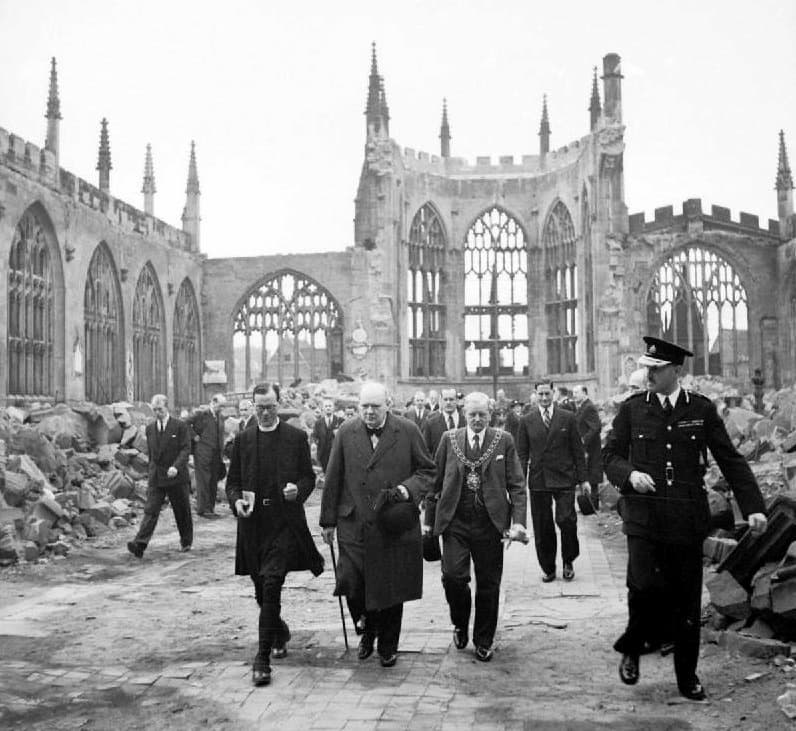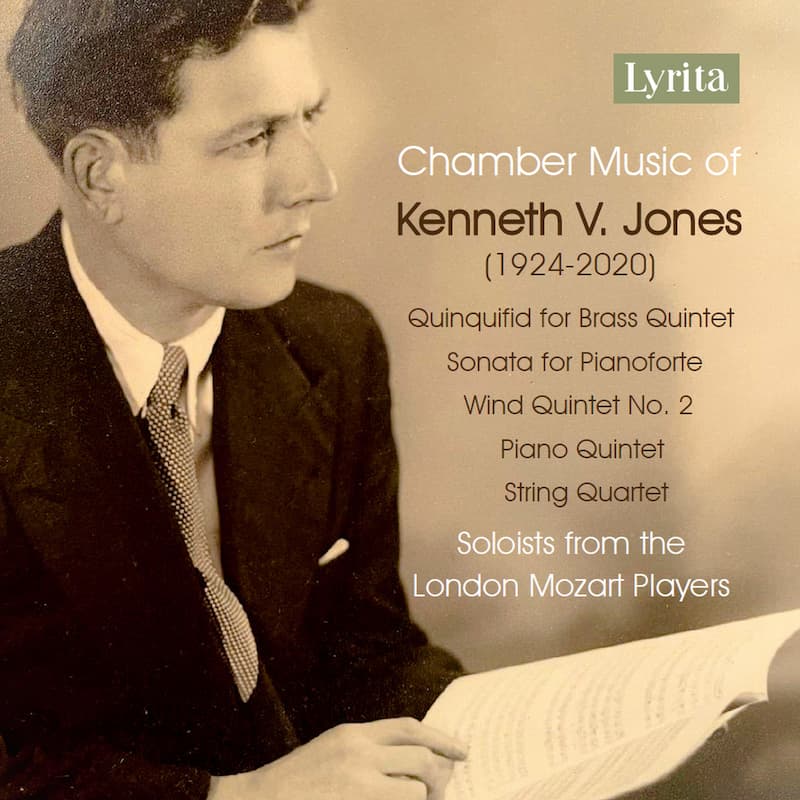One of the most beautiful of the carols sung at Christmas, the Coventry Carol commemorates a truly tragic event. As told in the Gospel of Matthew (2:16–18), Herod, the king of Judea, ordered the killing of all male children two years old and younger in the area around Bethlehem. Herod had heard that the three Magi were looking for the king of the Jews who had been born in Bethlehem, and took this murderous step after the Magi, having been warned of Herod’s intent, did not return to him to report on their discovery of Jesus. In response, Herod killed all the male children in Bethlehem.
The Coventry Carol is a song that is part of the mystery play called The Pageant of the Shearmen and Tailors. The mystery play has been performed in the city of Coventry from at least the late 14th century and the Coventry Carol first appears in a text by Robert Croo dated 14 March 1534. Croo was reproducing a ‘newly corrected’ version to which he appears to have added his own (not very good) texts. Suppressed in the later 16th century the play barely survived and Croo’s work proved important to the new research on the mystery play done in the early 19th century. Croo’s original manuscript was destroyed in a fire in 1879 and it is only through the work of Coventry antiquarian Thomas Sharp in 1817 and 1825 that the song and its music survive.
In the mystery play, the carol is sung by three women of Bethlehem, who enter on stage with their children. Joseph has been warned by an angel to take his family to Egypt, and the women sing a lament lullaby for their children, about to be killed.
Coventry, of course, was the site of a famous German air raid on 19 November 1940 that took out this highly important industrial city. Two-thirds of the city’s buildings were destroyed or damaged, including Coventry Cathedral.

Winston Churchill, the Mayor J A Moseley, the Bishop of Coventry M G Haigh, the Deputy Mayor A R Grindlay, and others
visiting the ruins of Coventry Cathedral in September 1941 (Imperial War Museum)
The BBC broadcast for Christmas 1940 ended with the Coventry Carol being sung in the ruins of the cathedral and so began a renewed interest in the carol. The significance of singing a song about the killing of innocents as the memorial for the bombing of a civilian city without warning was not lost on the English.
The song is unusual in the modern day (although well in keeping in Renaissance style) with its use of a ‘Picardy third’ ending: although the work is in a modal setting, which sounds like minor to us, the final cadence is in major and is introduced so quickly that it sounds different to modern ears. The performer, Rossini Hayward, has added a countermelody to the guitar melody that highlights the melancholy nature of the song.
Although we now associate this song with Christmas (because of its reference to a little tiny child), the song was actually sung in the summer time, when the mystery play was originally performed.
Traditional: Coventry Carol (arr. R. Hayward for voice and guitar) (Rossini Hayward, vocals/guitar)

Rossini Hayward
Trained initially in engineering, guitarist Rossini Hayward studied music at the Royal Welsh College of Music and Drama before further study at the Hochschule für Musik in Freiberg. He teaches at the Friedrich Alexander University in Nuremberg and the Municipal Music School in Bamberg.

Traditional: Coventry Carol
Performed by
Rossini Hayward
Official Website
For more of the best in classical music, sign up for our E-Newsletter


loved the recording! a beautiful and exceedingly magical rendition of the Coventry carol.
but there were no vocals! did naxos mess that up?